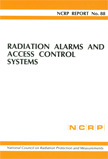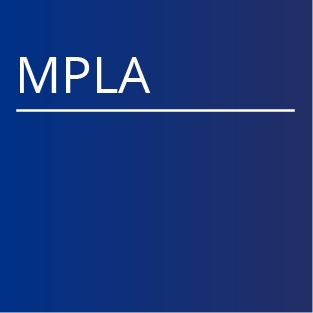AAPM has contracted with NCRP to provide each AAPM Member in good standing access and download privileges of electronically available NCRP reports, commentaries and statements. This report was prepared by the National Council on Radiation Protection and Measurements (NCRP). The Council strives to provide accurate, complete and useful information in its reports. However, neither the NCRP, the members of NCRP, other persons contributing to or assisting in the preparation of this report, nor any person acting on the behalf of any of these parties (a) makes any warranty or representation, express or implied, with respect to the accuracy, completeness or usefulness of the information contained in this report, or that the use of any information, method or process disclosed in this report may not infringe on privately owned rights; or (b) assumes any liability with respect to the use of, or for damages resulting from the use of, any information, method or process disclosed in this report.
 |
Report No. 088 - Radiation Alarms and Access Controls Systems (1986) Price: $40 PDF (AAPM Members FREE) Category: Reports In facilities where radioactive materials are handled, or where radiation-producing equipment is used, the building, the equipment, and the associated safety procedures should be designed and developed together to provide a safe work environment. The specific combination of requirements for a given facility is defined by the operational radiation safety program. The specific elements to consider when establishing a new facility are outlined in NCRP Report No. 59, "Operational Radiation Safety Program" (NCRP, 1978a). Two of the elements of an operational radiation safety program are radiation alarm and access control systems. (In NCRP Report No. 59, Section 4, these are referred to as warning and security systems.) The purpose of this report is to provide a more detailed discussion of radiation alarm and access control systems than could be provided in NCRP Report No. 59. It should be emphasized that this report describes a range of alarm and access control systems that can and do provide an acceptable level of safety at many types of facilities. Depending on circumstances, the solutions offered here may not be appropriate for certain facilities because they are too restrictive, not restrictive enough, or do not cover all circumstances. Thus, this document is offered as a starting point providing ideas that professional health physicists can adapt to meet the needs of a particular situation. Under no circumstances should this report be interpreted in "cookbook" fashion, with literal adherence to every recommendation demanded, nor should it be expected to provide adequate protection in every case without consideration of local conditions. It is also worth noting that the weakest link in any system of personnel protection is not the hardware but the people themselves. The single leading cause of accidents is the failure of personnel to follow established procedures. Thus, the simplification of procedures, regular training, and replacement of administrative control with hardware that does not unduly impede the normal operation of the facility will go a long way toward reducing the potential for accidents. Scientific Committee: David S. Myers, Chairman Duane C. Hall Ronald L. Kathren Lawrence H. Lanzl Gary T. Warren Martin L. Rozenfeld, Consultant |



















